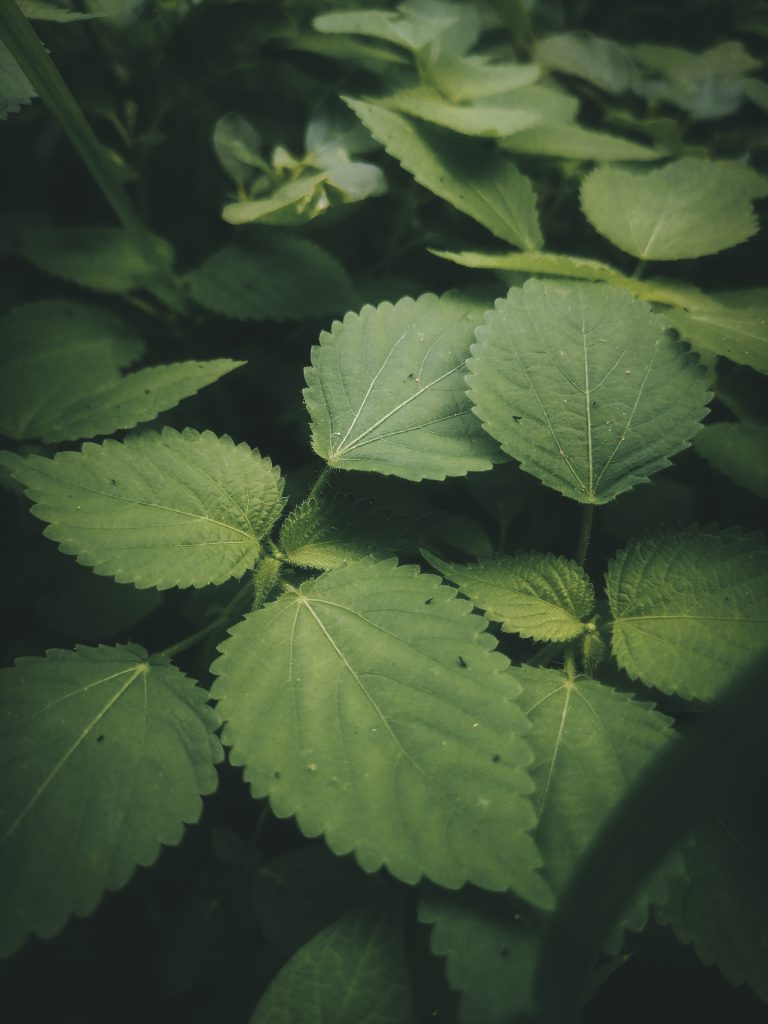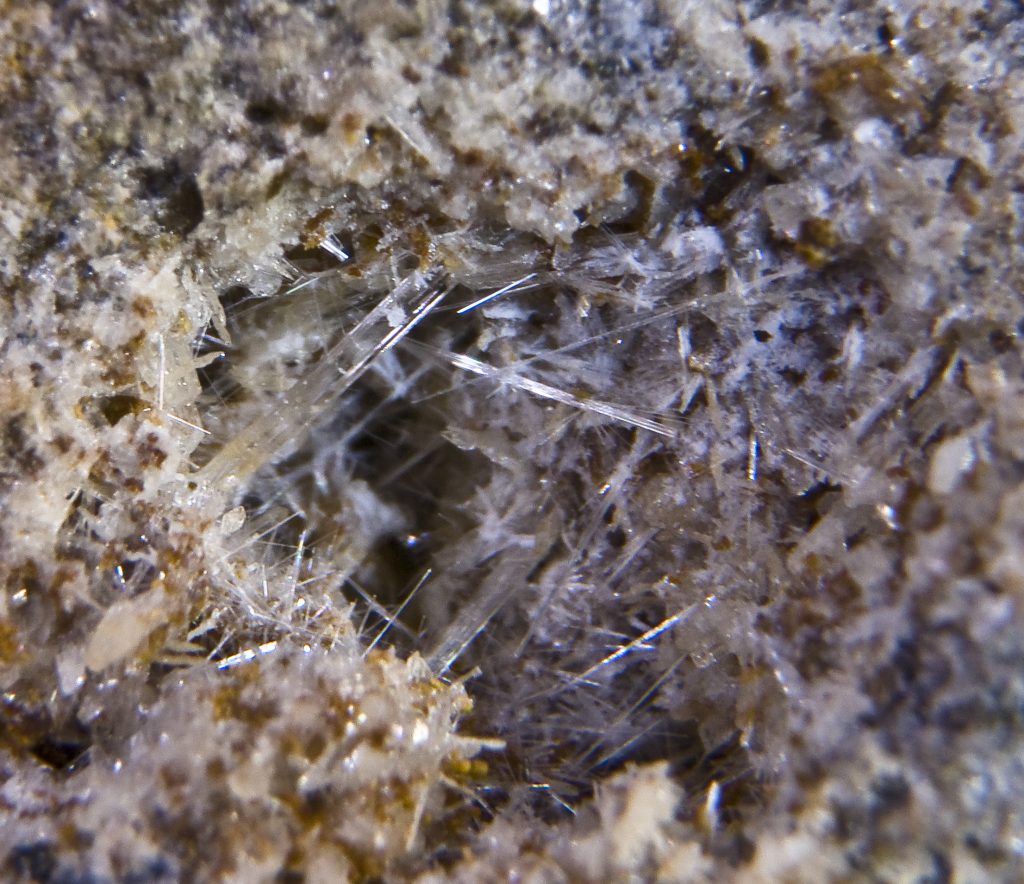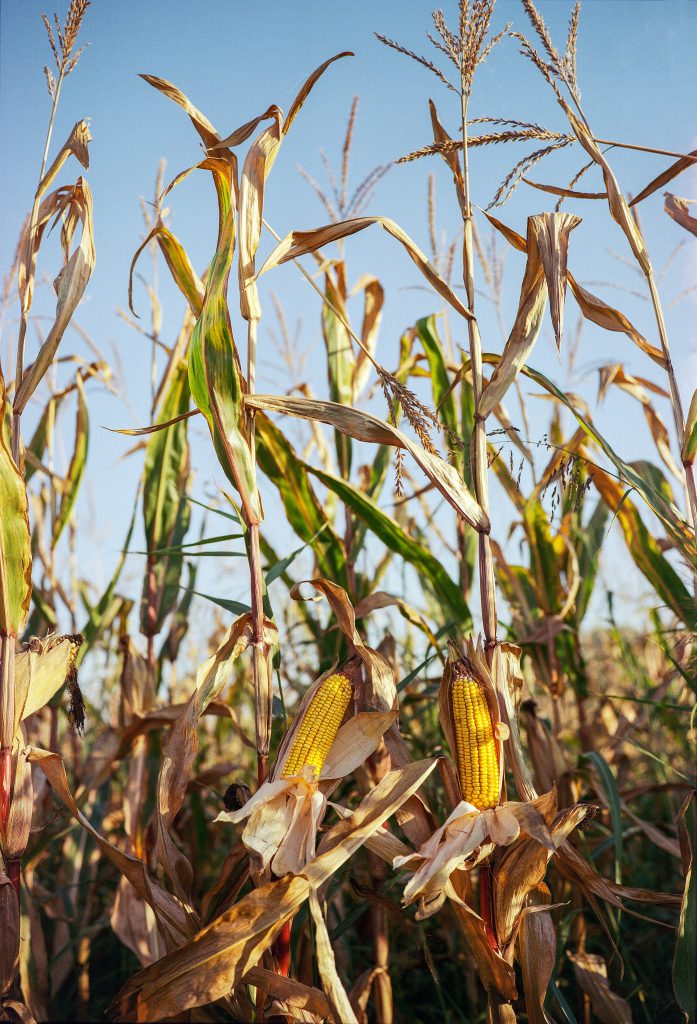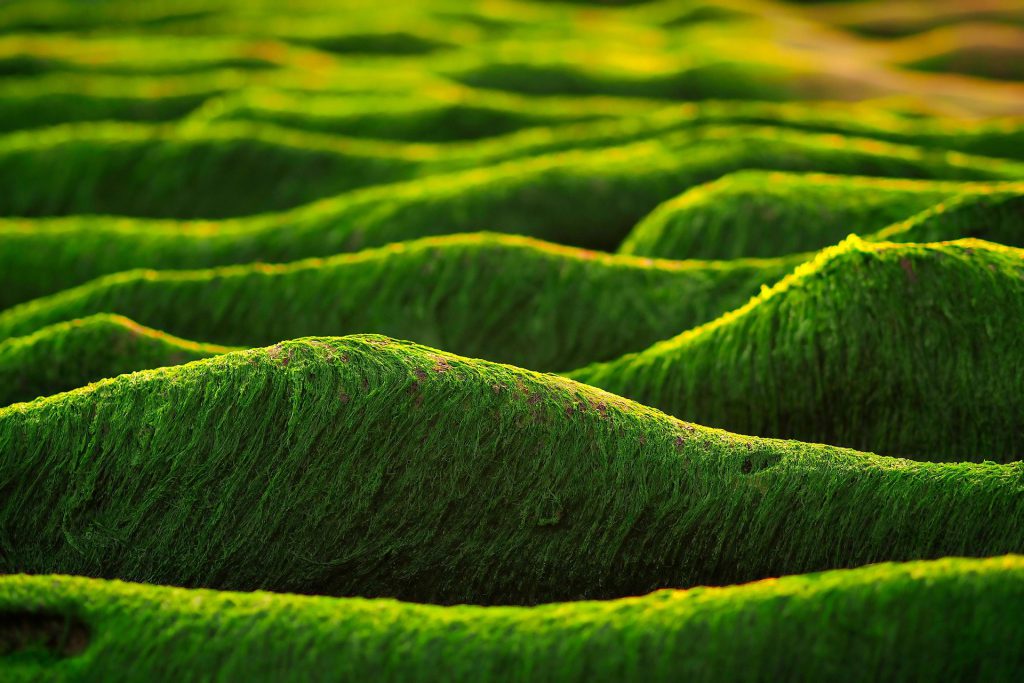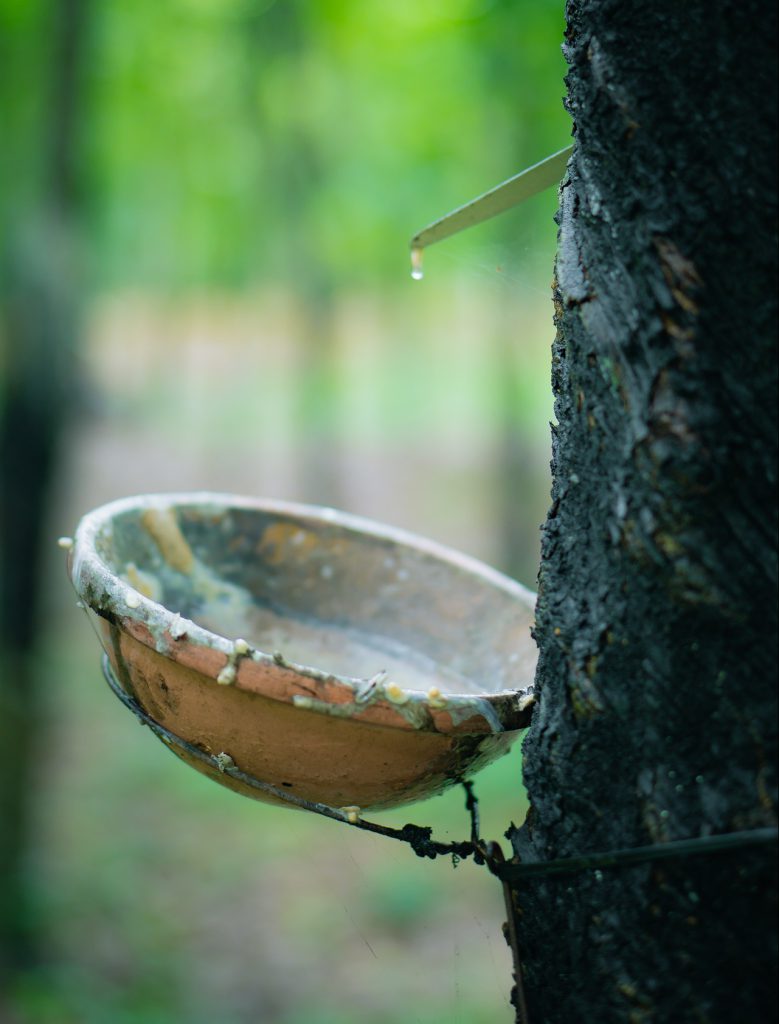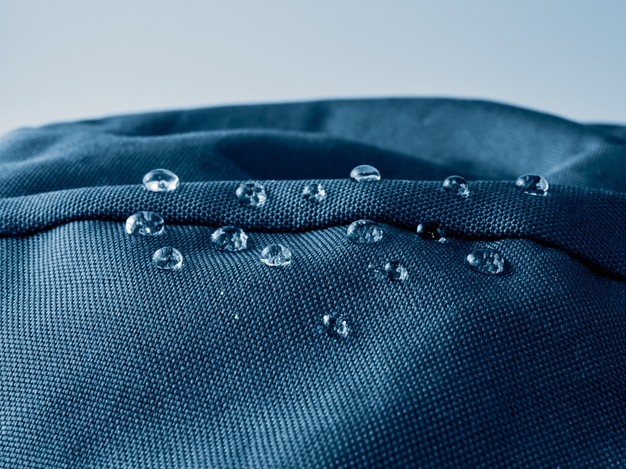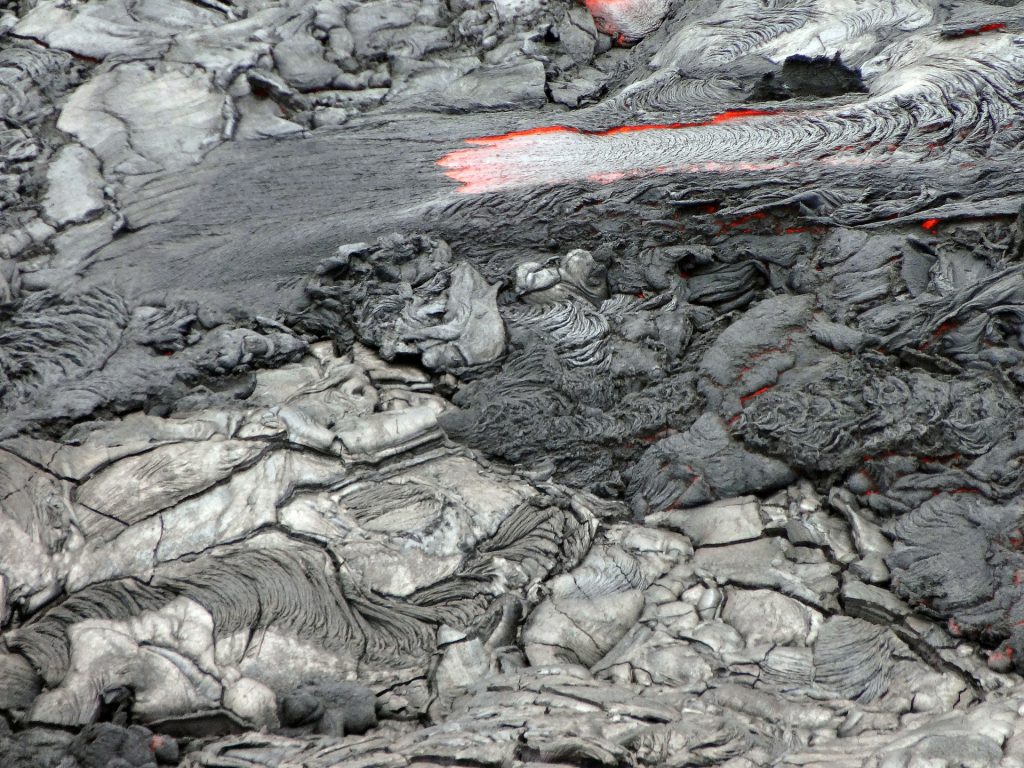Animal natural
Fibers of natural animal origin, essentially composed of proteins, come from animal hair (keratin) or animal secretions (fibroin).
Their common characteristics are elasticity but low mechanical resistance. They are very absorbent, heat resistant up to 135°C before yellowing, burn easily, resistant to organic solvents and acids.
In the field of technical textiles, they are used for their thermoregulatory characteristics, mainly for the equipment of individuals, in the field of sports, safety, but also in furniture and insulation.
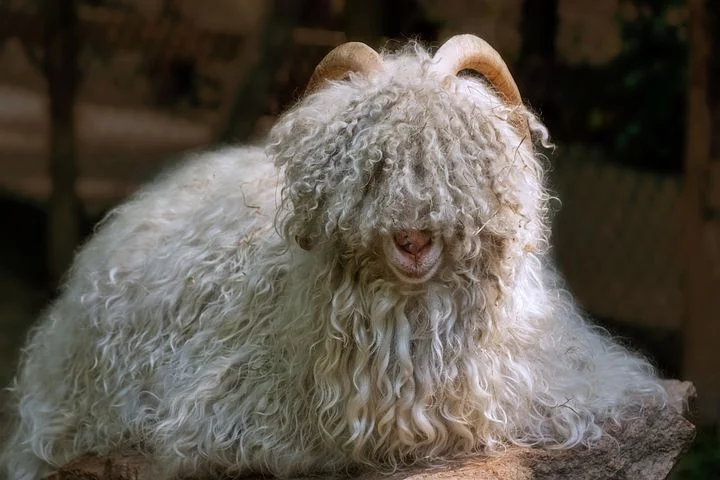
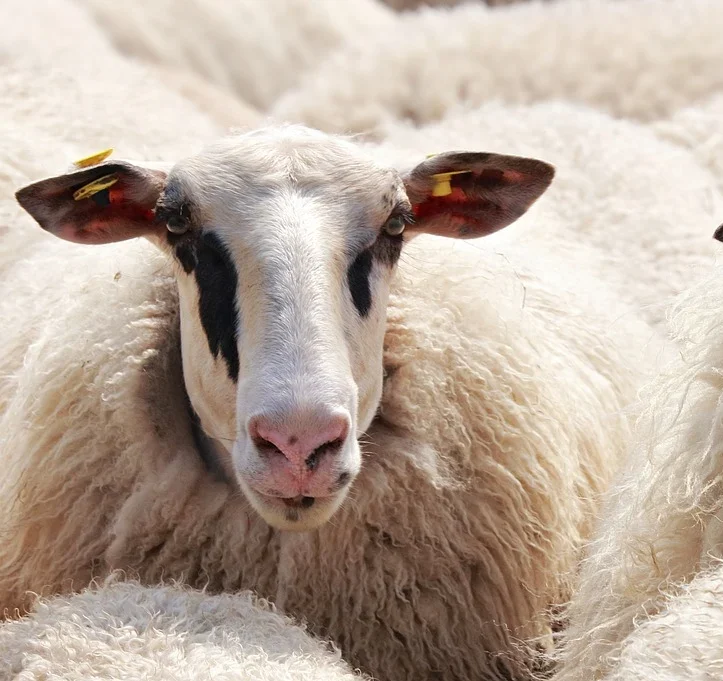
Wool
- Origin :
Fiber of animal origin from the shearing of sheep. Scaly fibers are composed of keratin.
- Gathering :
Mowing is done every year. The qualities of hairs are classified in 4 categories according to the sheared zones. The wool will then undergo a degreasing (to eliminate the wool grease) and a carbonization (to remove the vegetable residues).
- Location :
France, Australia, New Zealand, China, Former USSR, South Africa, Uruguay, Turkey, Argentina.
- Fibers :
Long fibers from 3.5 to 25 cm in length and 20 to 80 µm in diameter.
- Use :
Clothing, footwear, carpets, furniture, household linen.
- Features :Thermal insulation, hygienic, hypoallergenic, high felting capacity, elastic, breaking resistance, flexible, wrinkle-free, hydrophilic, pleasant, thermoregulating, water repellent, biodegradable
- Weaknesses :
Poor rubbing resistance, sensitive to soda, chlorine, moths.

Alpaca
- Origin :
Animal fiber from the hair of the alpaca, a mammal of the camelid family (Llama family). Does not require chemical products.
- Gathering :
Sheared every 1 to 3 years, an alpaca produces 2 to 3 kg of hair per year.
- Location :
Peru (80% of production), Bolivia, New Zealand.
- Fibers :
Long fibers of 15 to 20 cm in length and 16 to 25 µm in diameter.
- Use :
Luxery clothing.
- Features :Warm, breaking resistance, light, soft, thermoregulating, thermal insulation, silky, hydrophilic, low pilling, hypoallergenic, elastic, dimensionally stable, brilliant, water repellent, biodegradable
- Weaknesses :
Limited production
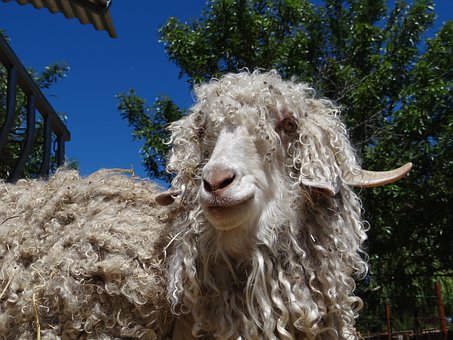
Mohair
- Origin :
Animal fiber from the angora goat. It lives in arid and rustic regions.
- Gathering :
The wool is recovered by shearing or plucking, twice a year.
- Location :
Turkey, South Africa, USA, Argentina, Australia.
- Fibers :
Long fibers of 12 cm in length and 24 to 40 µm in diameter.
- Use :
Clothing, accessories, blankets.
- Features :Flexible, light, thermal insulation, soft, hydrophilic, warm, thermoregulating, breaking resistance, good dye resistance, water repellent, biodegradable
- Weaknesses :
Controversial hair removal techniques, fragile, pilling.
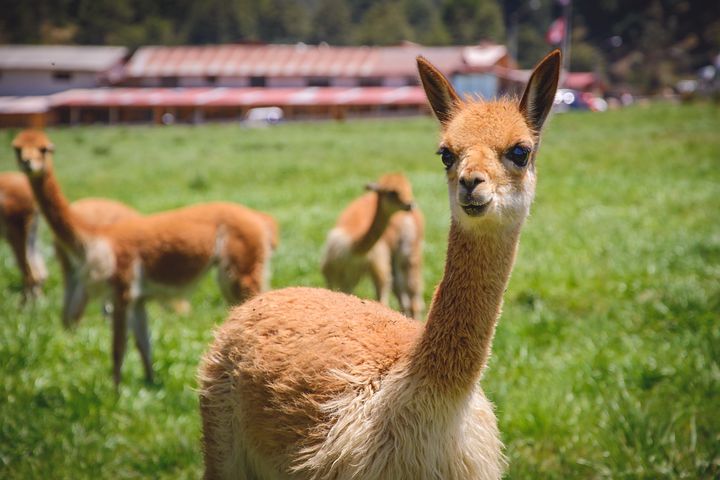
Vicuna
- Origin :
Animal fiber from the vicuna, a mammal of the camelid family (Llama family).
- Gathering :
The fibers are recovered by shearing, once every two years. About 300 grams of fleece are collected per animal.
- Location :
Only present in the Andes Mountains in South America.
- Fibers :
Short fibers of about 3 cm in length and 10 to 12 µm in diameter.
- Use :
Luxury clothing
- Features :Soft, thermoregulating, warm, thermal insulation, hydrophilic, water repellent, biodegradable
- Weaknesses :
Confidential production, sensitive to chemicals, difficult to dye
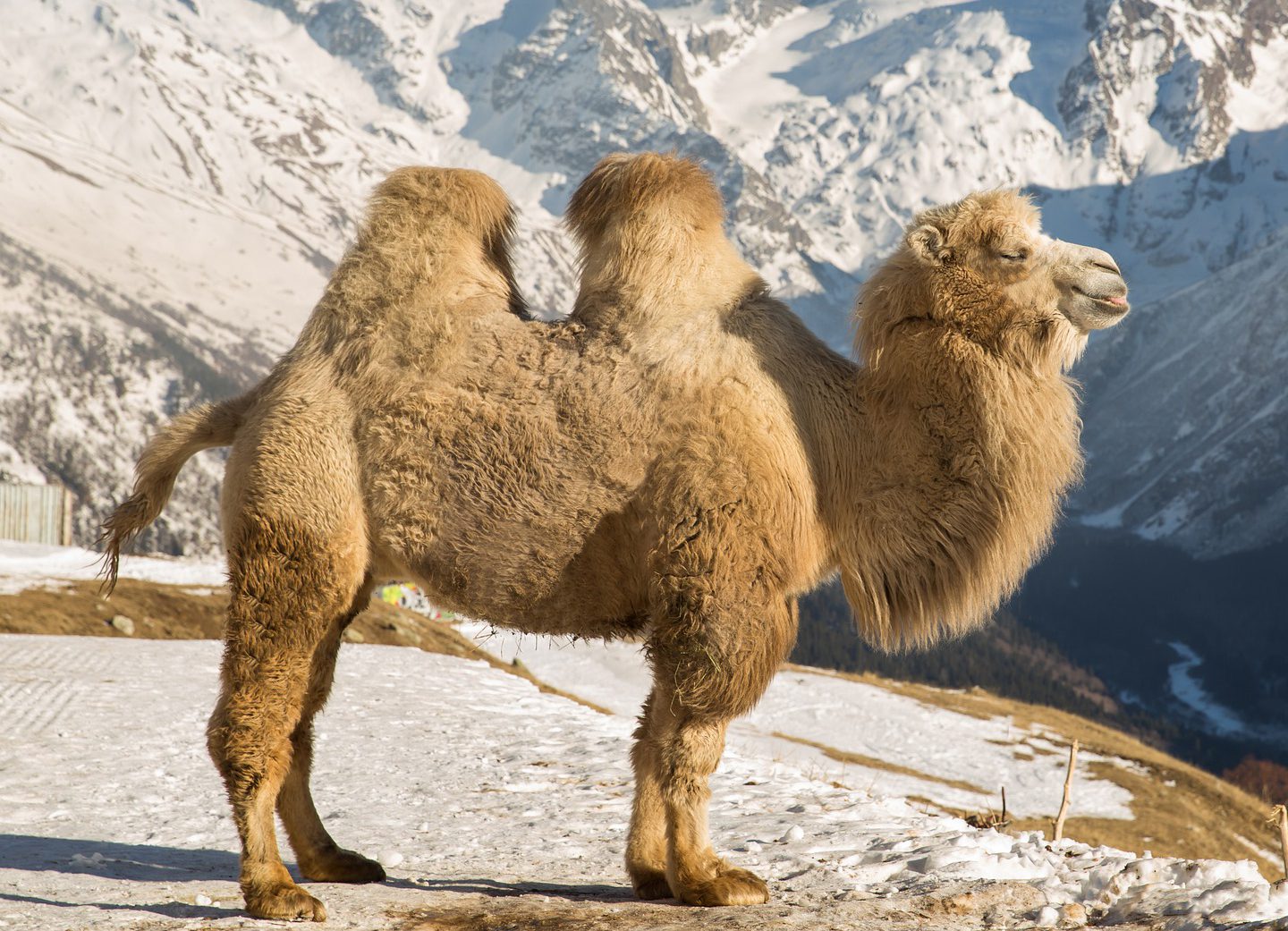
Camel
- Origin :
Animal fiber from the fleece of the camel, a mammal of the camelid family.
- Gathering :
The hairs are collected at the time of the moult (natural loss of hairs at the beginning of the summer) or sheared once a year.
- Location :
China, Mongolia, Afghanistan, Iran, Russia, New Zealand, Australia, Turkey.
- Fibers :
Long fibers averaging 7 cm in length and 18 to 26 µm in diameter.
- Use :
Clothing, spacial (suits), extreme sports.
- Features :Thermal insulation, hydrophilic, comfortable, flexible, soft, anti-mite, sustainable, biodegradable, breaking resistance, thermoregulating, water repellent
- Weaknesses :
Confidential production.
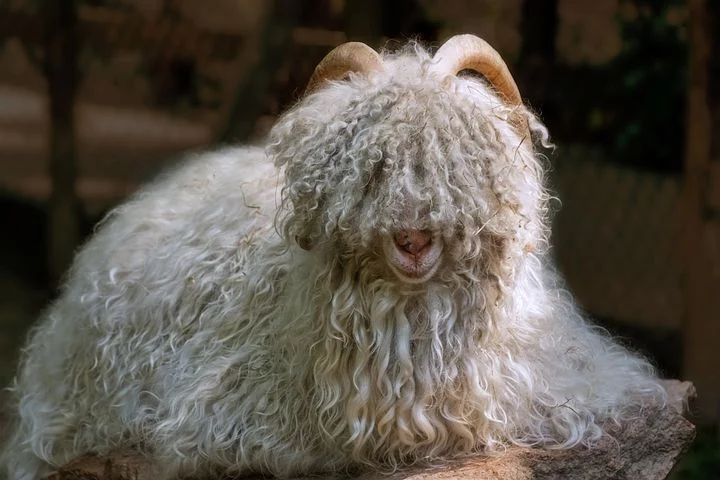
Cashmere
- Origin :
Animal fiber from the cashmere goat. This hair develops because they are subjected to extreme temperatures of -30 to -40°C.
- Gathering :
The hair is recovered by shearing. We collect 150 g of hair per goat and per year.
- Location :
China, Mongolia, Pakistan, Iran, Afghanistan, Turkey.
- Fibers :
Short fibers over 3 to 5 cm in length and 15 to 19 µm in diameter.
- Use :
Luxury clothing, accessories, blankets.
- Features :Soft, thermoregulating, hydrophilic, thermal insulation, light, warm, water repellent, biodegradable
- Weaknesses :
Limited production, fragile, cleaning with a lot of care.
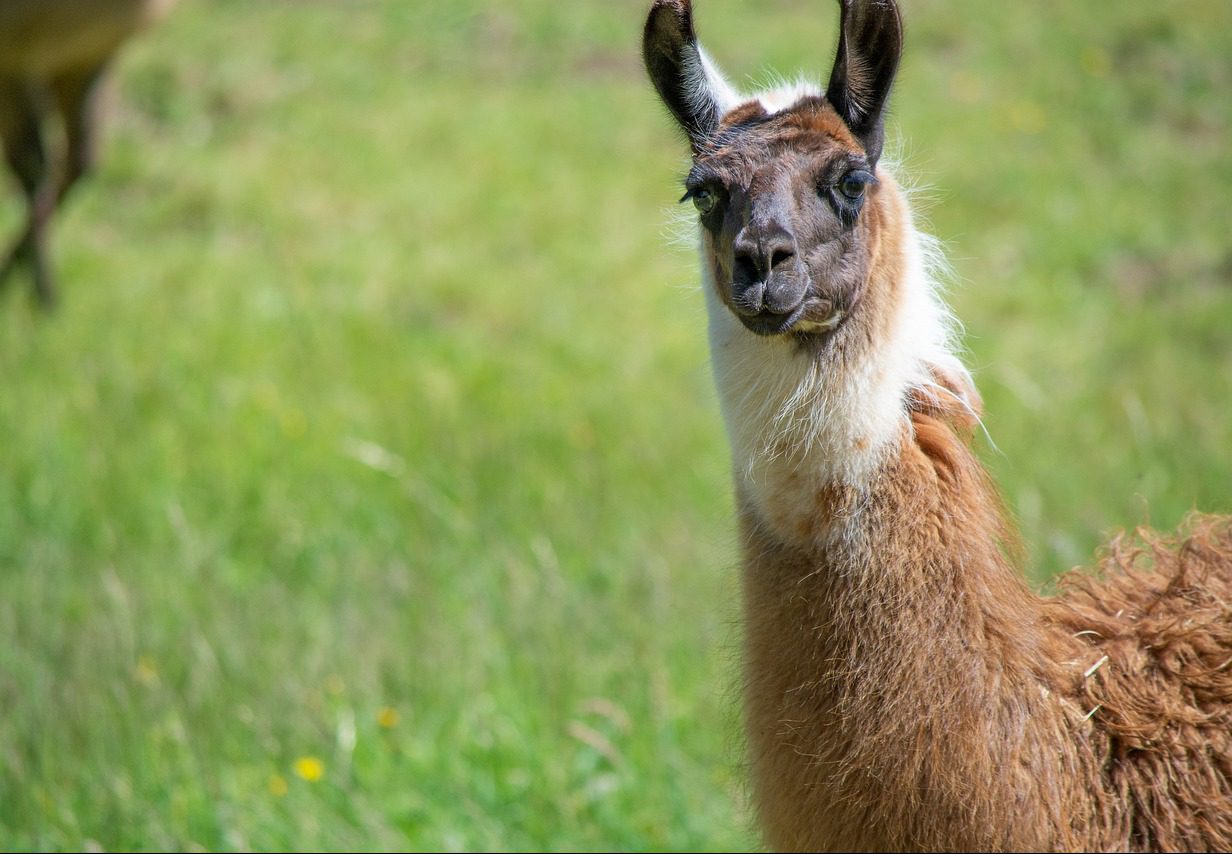
Llama
- Origin :
Animal fiber of the llama, of the camelid family. It evolves on the plateaus of the Andes between 2500 and 4000 m of altitude.
- Gathering :
The hairs are recovered by shearing, once a year.
- Location :
Bolivia, Peru, Colombia, Ecuador, Argentina, Chile.
- Fibers :
Long fibers from 5 to 12 cm in length and 20 to 40 µm in diameter.
- Use :
Clothing (coarse), furniture.
- Features :Hypoallergenic, breaking resistance, hydrophilic, water repellent, light, biodegradable
- Weaknesses :
Coarse.
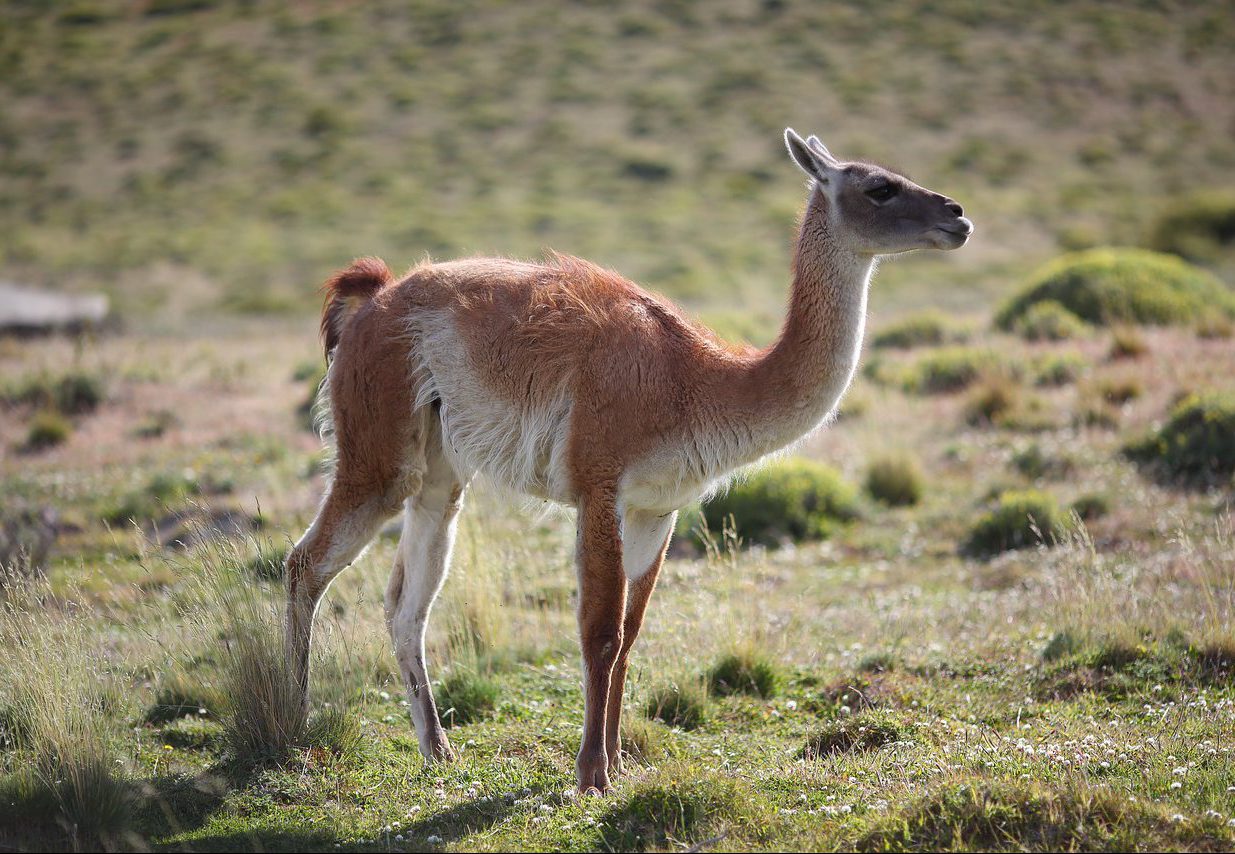
Guanaco
- Origin :
Animal fiber of the guanaco, of the camelid family.
- Gathering :
The hairs are recovered by shearing, every 1 to 2 years.
- Location :
Peru, Chile, Argentina.
- Fibers :
Short fibers about 3 cm long and 14 to 16 µm in diameter.
- Use :
Luxury clothing.
- Features :Soft, thermoregulating, thermal insulation, hydrophilic, water repellent, light, biodegradable
- Weaknesses :
Confidential production.
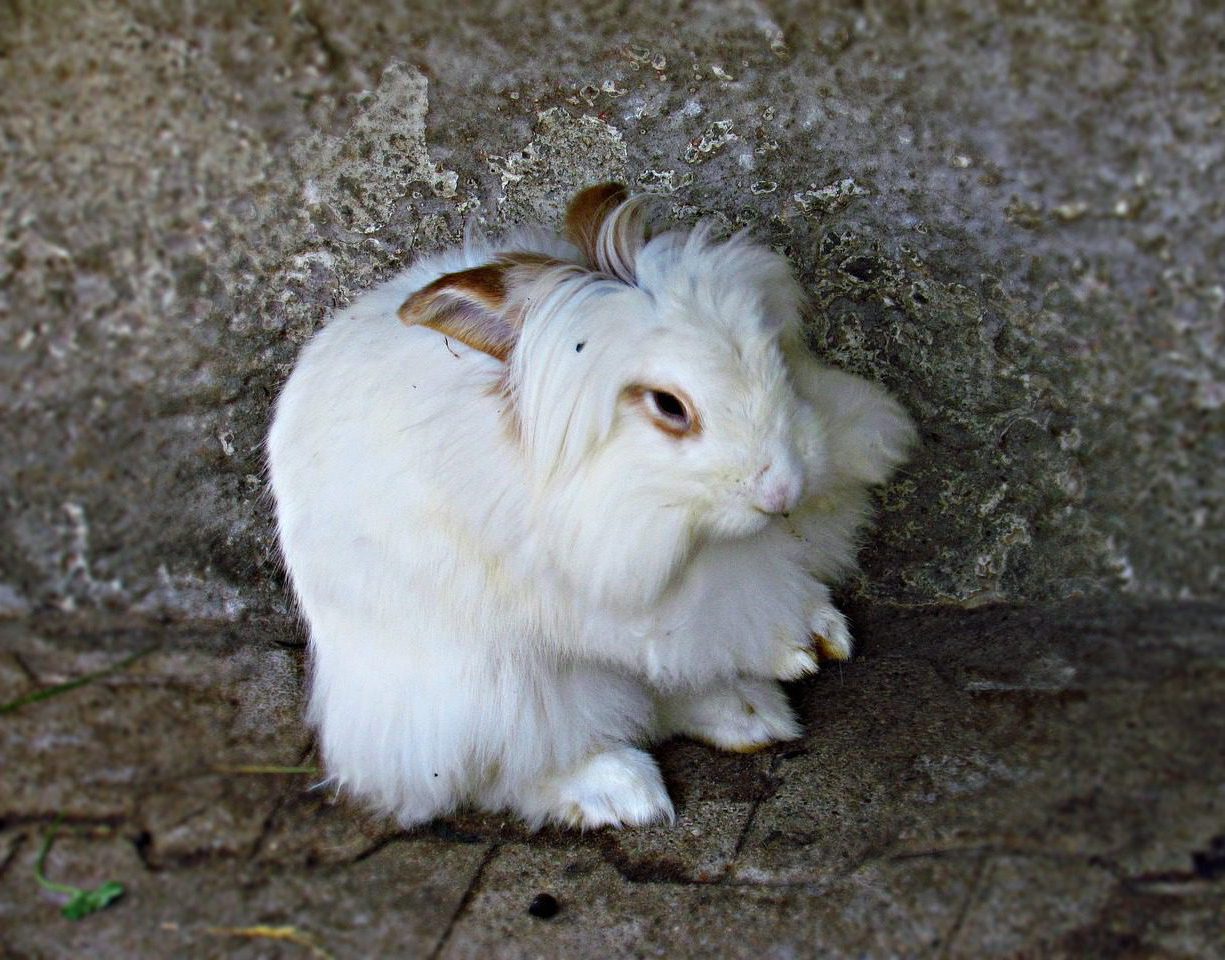
Angora
- Origin :
Animal fiber from the hair of angora rabbits. This breed is the result of a genetic mutation allowing them to obtain very long hair.
- Gathering :
The rabbits are shorn, plucked (to have better quality hair) or combed once a year to recover the hair.
- Location :
China.
- Fibers :
Long fibers up to 13 cm in length and 11 to 15 µm in diameter.
- Use :
Luxury clothing.
- Features :Flexible, light, thermal insulation, soft, hydrophilic, thermoregulating, water repellent, biodegradable
- Weaknesses :
Limited production, controversial hair removal techniques, fragile, pilling.
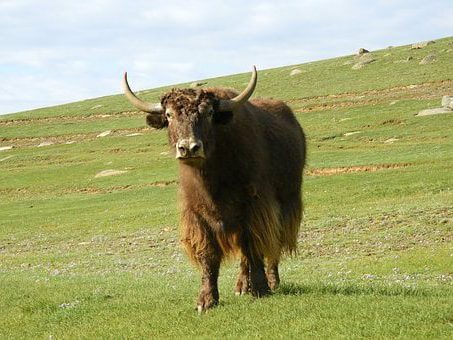
Yak
- Origin :
Animal fiber from yak hair.
- Gathering :
The hairs are combed out when the hair is shed in the spring.
- Location :
Tibet.
- Fibers :
Long fibers with 16 to 90 µm of diameter according to the zones of hairs (16 to 20 µm for the most used).
- Use :
Luxury clothing.
- Features :Thermoregulating, thermal insulation, hydrophilic, soft, warm, light, ecological, breaking resistance, biodegradable
- Weaknesses :
Artisanale production, fragile.
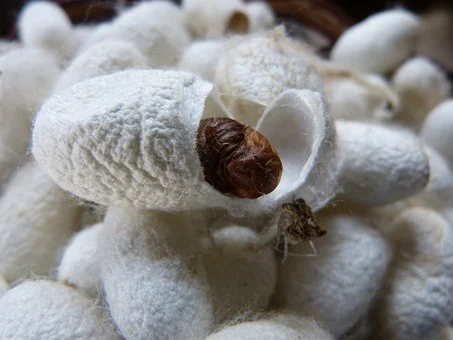
Silk
- Origin :
Protein animal fiber, it comes from the cocoon of the mulberry bombyx caterpillar (or silkworm). The thread is formed by the secretions of the worm.
- Gathering :
The cocoons are formed in 8 to 10 days then are plunged in ovens of 70 to 80°C in order to release the thread.the cocoons are formed in 8 to 10 days then are plunged in ovens of 70 to 80°C in order to release the thread.
- Location :
China, Japan, India, Uzbekistan, Vietnam, Thailand, Brazil, North Korea.
- Fibers :
Long fibers from 70 to 150 m in length and 10 µm in diameter.
- Use :
Clothing, underwear, accessories, furniture, household linen.
- Features :Light, pleasant, brilliant, soft, thermoregulating, breaking resistance, thermal insulation, flexible, breathable, antibacterial, hypoallergenic, biodegradable
- Weaknesses :
Cleaning with a lot of care, sensitive to chemical aggressions (including perspiration, deodorant, perfume..).
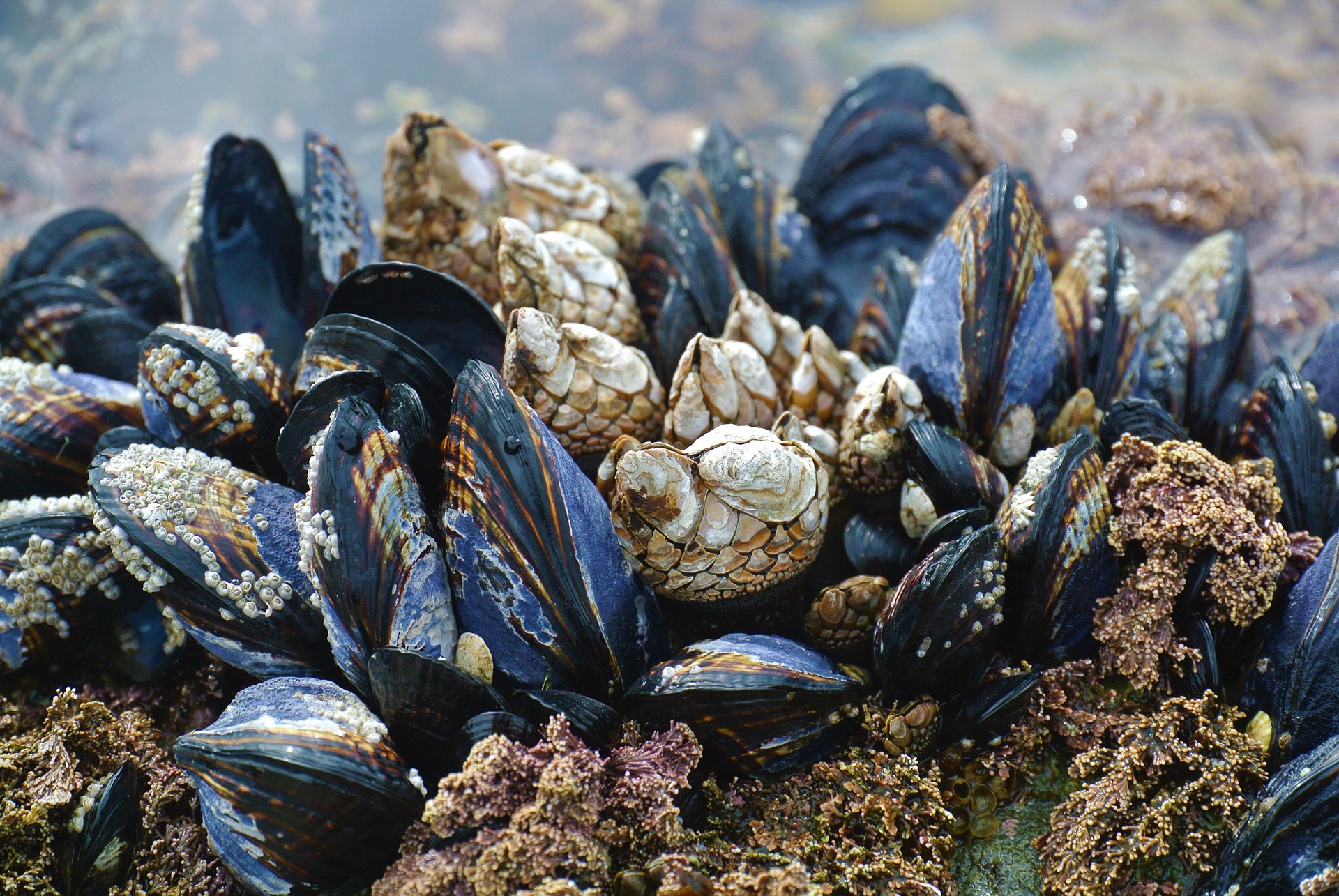
Byssus
- Origin :
Protein animal fiber, it comes from secretions of certain bivalve mollusks (like mussels). Byssus fiber is also called sea silk or fish wool.
- Gathering :
The byssus is simply removed to allow the mollusk to rebuild it. The culture can only be done in the Mediterranean Sea. The fibers are collected at each full moon.
- Location :
Italy (Sardinia), France.
- Fibers :
Rather short fibers of about 6 cm in length and 20 µm in diameter.
- Use :
Luxury clothing, accessories.
- Features :Ageing resistant, extensible, ecological, naturally golden, silky, biodegradable
- Weaknesses :
Virtually extinct culture, complex implementation process.
